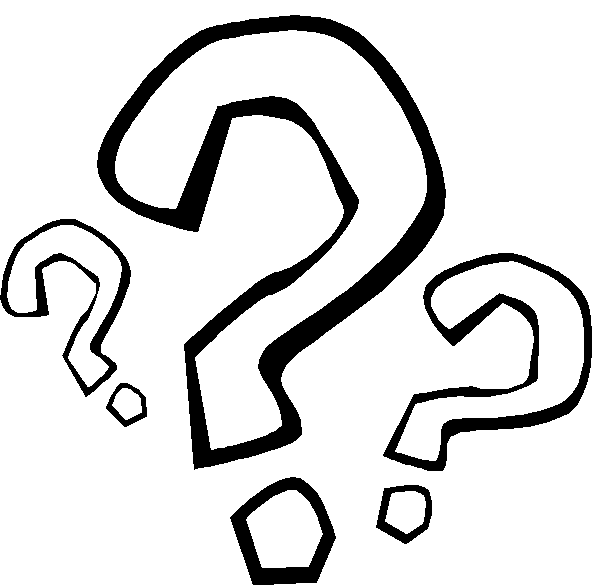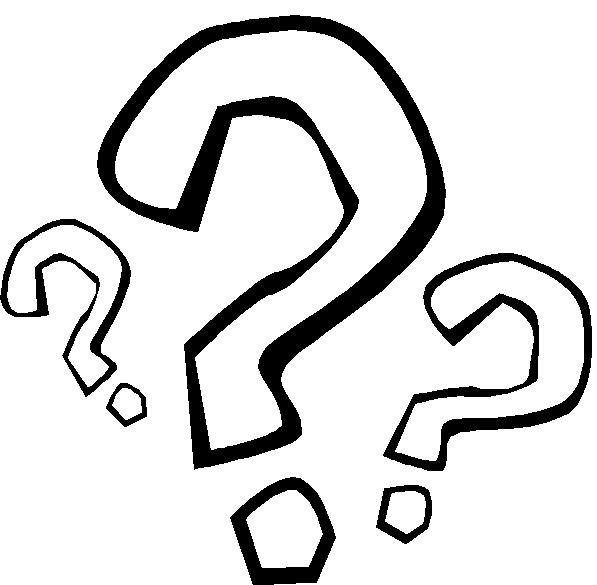
- •Art and painting
- •1. Painters and their craft:
- •2. Paintings. Genres:
- •3. Composition and drawing
- •4. Colouring, light and shade effects:
- •5. Impression. Judgement:
- •Characteristics of art
- •Painting
- •Drawing
- •I. Answer the questions.
- •II. Circle the right answer.
- •III. Do you agree or not? Comment on the following statements.
- •History of art Study of art history
- •Earliest known art
- •Ancient art
- •Impressionism
- •Impressionist techniques
- •The Impressionist Palette
- •The Impressionist Technique
- •Who is it by?
- •Text organization
- •Russian painting (XIX—XX centuries)
- •I. Translate the italicized words and phrases. Give a back translation without consulting the text.
- •Vassili Surikov
- •Iliya Repin
- •Valentin Serov
- •Mikhail Vrubel
- •Vladimir Favorsky
- •VII. Act as interpreter in the following dialogues: Dialogue 1
- •Dialogue II
- •Describing a painting
- •C "Dedham Lock and Mill" (1820)
- •Equipment we use with paint
- •Painting idioms and expressions
- •Vocabulary
- •Vocabulary
- •The role of art in our lives
- •Painting – as the way of art
- •Painting’s artistic elements
- •Painting’s techniques
- •Painting’s historical evolution - I
- •Painting’s historical evolution - II
- •Painting’s historical evolution - III
- •Painting’s historical evolution - IV
- •Painting’s historical evolution - V
Characteristics of art
There follow some generally accepted characteristics of art:
encourages an intuitive understanding rather than a rational understanding, as, for example, with an article in a scientific journal;
was created with the intention of evoking such an understanding, or an attempt at such an understanding, in the audience;
was created with no other purpose or function other than to be itself (a radical, "pure art" definition);
elusive, in that the work may communicate on many different levels of appreciation;
in relation to the above, the piece may offer itself to many different interpretations, or, though it superficially depicts a mundane event or object, invites reflection upon elevated themes;
demonstrates a high level of ability or fluency within a medium; this characteristic might be considered a point of contention, since many modern artists (most notably, conceptual artists) do not themselves create the works they conceive, or do not even create the work in a conventional, demonstrative sense;
the conferral of a particularly appealing or aesthetically satisfying structure or form upon an original set of unrelated, passive constituents.

What is the universal definition of art?
What kinds and forms of art are there?
Is there a further subdivision?
What do we understand by fine arts/ applied arts?
What is the aim of art and how is it reached?
What are the general characteristics of art?
Painting
Painting is the practice of applying pigment suspended in a carrier (or medium) and a binding agent (a glue) to a surface (support) such as paper, canvas or a wall. Artistic painting involves drawing, composition, and some expressive intention of the artist. Painting is also used upon objects like pottery, tiles, textile or even the human body itself within tribes who paint their bodies with decorative motifs for their rituals. This is done by a painter; this term is used especially if this is his or her profession. Evidence indicates that humans have been practicing painting six times as long as they have been using written language.
Colour is the matter of painting as sound is to music. Colour is highly subjective. Even more so than sound it can not precisely be explained by words or symbols. For example, the word "red" does not define the countless tones of red and the dubious description of "blood red" or "crimson red" as a tone is far from being as universal and precise as a C or C# in music.
Some painters, theoreticians, writers and scientists (Goethe, Kandinsky, Newton) have written colour theory. However, painting cannot be reduced to colour in its physical phenomena or as pigment in a surface, just as music cannot be reduced to acoustics; it is an universal art form, present in most cultures throughout the history of mankind.
Painting seems innate to human existence; young children without training, given pigments and a brush, tend to express themselves through it, even if it is naive, rough or even incomprehensible. This form of art attracts immense popularity (so there is a huge crowd of amateur painters, most of them of very low quality) but it is often despised as a professional choice in today's society.
Collage is also used in painting. This practice began with Cubism and other modern art movements, it is not painting in strict sense but the artist uses it (photographs, pieces of printed paper, etc.) has a pictorial object in the composition. Some modern painters use non-pictorial materials in their paintings, like sand, cement, straw or wood for their texture value. Examples of this are the works of Jean Dubuffet or Anselm Kiefer and note that the depicting of texture is an important matter in painting.
Modern and contemporary art tend tends to despise the craft of painting and drawing (which are essentially linked) in favour of concept, this has led some to say that painting, as an art, is dead. This little and narrow-minded concept, based on low discipline or in Duchamp's (or other radical artists) arguments and works, has been a problem to major public which often do not understand this academic approach (or do by fashion, social status or sole financial profit) and tend to see Painting as an art of the past, in which painters effectively knew how to draw and paint.
Drawing, by comparison, is the process of making marks on a surface by applying pressure from or moving a tool on the surface. In a wider definition drawing is a graphical representation of reality or ideas. Note that some painters did not have a graphical approach in their work and have not left drawings, like Caravaggio, Velázquez, Turner or Francis Bacon, which does not mean they were not able to. Drawing is implicit in painting, although is not a synonym.
Painting supports: Canvas, panel painting, mural (Walls), paper
Painting media: Different types of paint are usually identified by the medium that the pigment is suspended or embedded in, which determines the general working characteristics of the paint, such as viscosity, miscibility, solubility, drying time, etc. Examples include: Acrylic. Encaustic (wax), Fresco, Gouache, Ink, Oil (Heat-set oils, Water miscible oil paints), Pastel (including dry pastels, oil pastels, and pastel pencils), Spray paint (Graffiti), Tempera, Watercolor.
Popular painting styles
'Style' is used in two senses: It can refer to the distinctive visual elements, techniques and methods that typify an individual artist's work. It can also refer to the movement or school that an artist is associated with. This can stem from an actual group that the artist was consciously involved with or it can be a category in which art historians have placed the painter. The word 'style' in the latter sense has fallen out of favour in academic discussions about contemporary painting, though it continues to be used in popular contexts.
Painting styles: Abstract, Abstract expressionism, Art Brut, Baroque, Color Field, Constructivism, Cubism, Expressionism , Fauvism, Folk, Graffiti, Hard-edge, Impressionism, Mannerism, Minimalism, Modernism, Naïve art, Neo-classicism, Op art, Orientalism, Orphism, Outsider, Photorealism, Pointillism, Pop art, Postmodernism, Post-painterly Abstraction, Primitive, Realism, Romanticism, Romantic realism, Socialist realism, Stuckism, Surrealism, Tachism.

What is painting?
Where is it applied?
Is it an ancient art?
Is colour a simple notion? What role does it play in painting?
Why do they say painting is innate to humans?
What is collage?
Why do some people say that art is dead?
Is drawing different from painting?
What is style?
